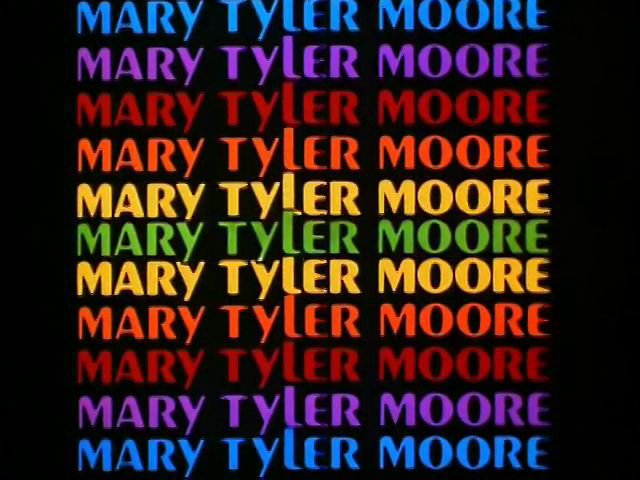The 1970s is a decade characterized by many historians as a “pivot of change” for America politically, economically, and socially. There are few places that better show this drastic change in U.S. values and societal attitudes than the television programing of the 70s. At the beginning of the decade once powerhouses like The Ed Sullivan Show (the show famous for introducing The Beatles to American audiences) and Gunsmoke were canceled, effectively ending the reign of the Western as a TV genre. These shows were first replaced in popularity with family-focused shows including Happy Days and The Brady Bunch, then by more sexed up shows like Charlie’s Angels and Three’s Company all leading up to a wave of “social consciousness programming” like the female-centric and empowering The Mary Tyler Moore Show and Sanford and Son, one the first shows about an African American family.
American culture in the 70s as a whole was moving away from the strong societal pull of community that blossomed in the 60s towards a reframing of the individual as the basic unity of society. Again, we can turn to television program to see this change, but this time in the advertisements airing between the original programming.
In fact, television advertising has rarely worked as memorably or effectively as it did in the 70s. Advertisers doubled down on the value of the individual to unprecedented success. Take for example the now famous “I’m A Pepper” and “I’d Like to Buy the World a Coke,” campaigns for Dr. Pepper and Coke respectively. Both emotionally promote feelings of self-esteem and individualism (look no further than the word “I” that starts and anchors both campaign ideas).
With these movements and shifts in mind we can turn our focus at last to the fairy tale figures still being heavily incorporated the ads of this era of self-consciousness. Let’s begin with a spot for grocery store Safeway.
In this ad Snow White is positioned as the head of a household who takes grocery shopping very seriously. The ad copy spoken by Snow White alternates back and forth from playful winking at the familiar story to speaking directly about her needs as an individual. Her line “I serve my family with confidence” effective positions Snow White as an avatar for atomized individualism.
For the all the progress advertisements can capture in the moment with ads like Snow White’s Safeway spot, media is too often painfully behind societal movements like feminism. A renewed push to secure social equality for women was well underway in the 70s and this movement helped women join the workforce in droves (including women like Mary Tyler Moore). Let’s look at this series of anti-smoking PSAs featuring Rapunzel, the Frog Prince, and Sleeping Beauty that illustrates the reductive ways the media has depicted women.
“Give it up, because it stinks” is an effectively simple focus for an important campaign like this, but ultimately what these commercials are really telling their audience is that women need to give up smoking to please men. This campaign touches on a troublesome nerve of the antiquated gender roles in fairy tales that has only become increasingly problematic since second wave feminism of the 1970s.
This practice of going broad and conservative in commercials is well-explained by Linda Dégh in her chapter of fairy tales in advertising from American Folkore and the Mass Media. Speaking of the over-reliance on cliché and old-fashioned values, Dégh explains that “the advertising industry knows what dosage of primitiveness, awkwardness, and bad taste is called for to satisfy public demand. The results of penetrating market and laboratory research vouch for the efficacy of these commercials among the majority of consumers.”
Presented here are a few more 70s commercials that skew heavily towards the awkward and primitive. In this commercial two children infiltrate a giant’s castle and rely on the strengthening power of Cheerios to escape. Next up, this ad featuring a weeping Cinderella deals with a Fairy Godmother who grants wishes in as literal a way as possible. The spots are cute and mostly harmless, but they do little more than use familiar settings and characters to get in and get out with their pitches—and that’s exactly how the advertisers designed them.
In the next installment in this series we’ll get to the glamourous 80s in all if their spandex-ed glory.
